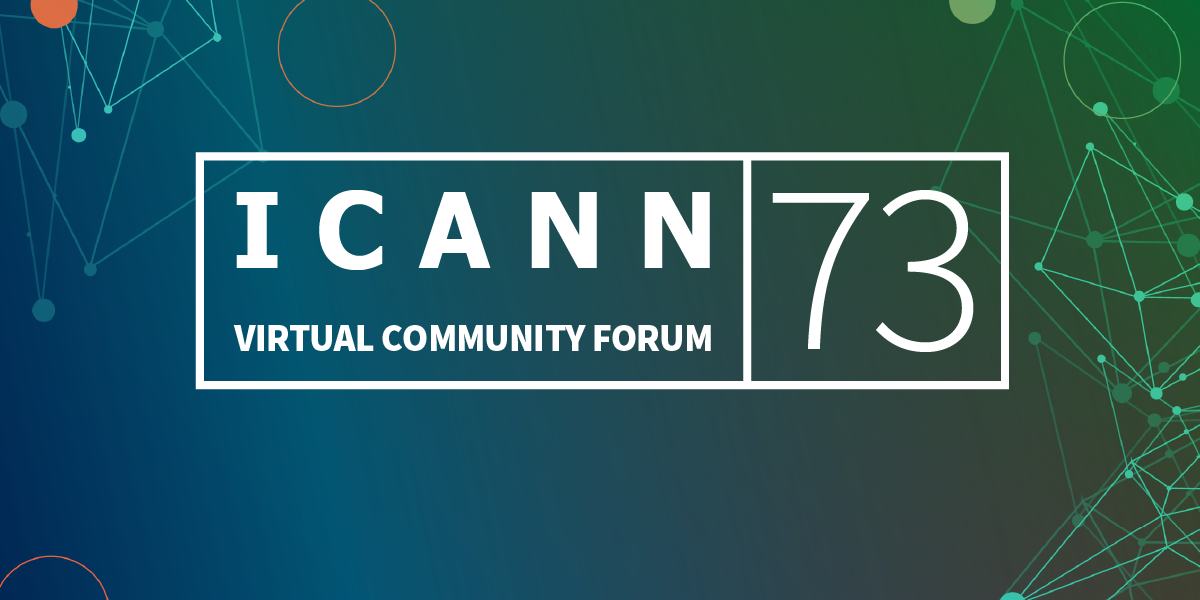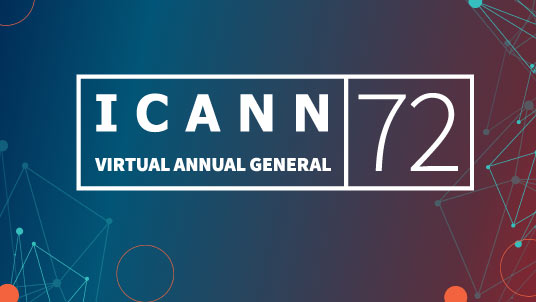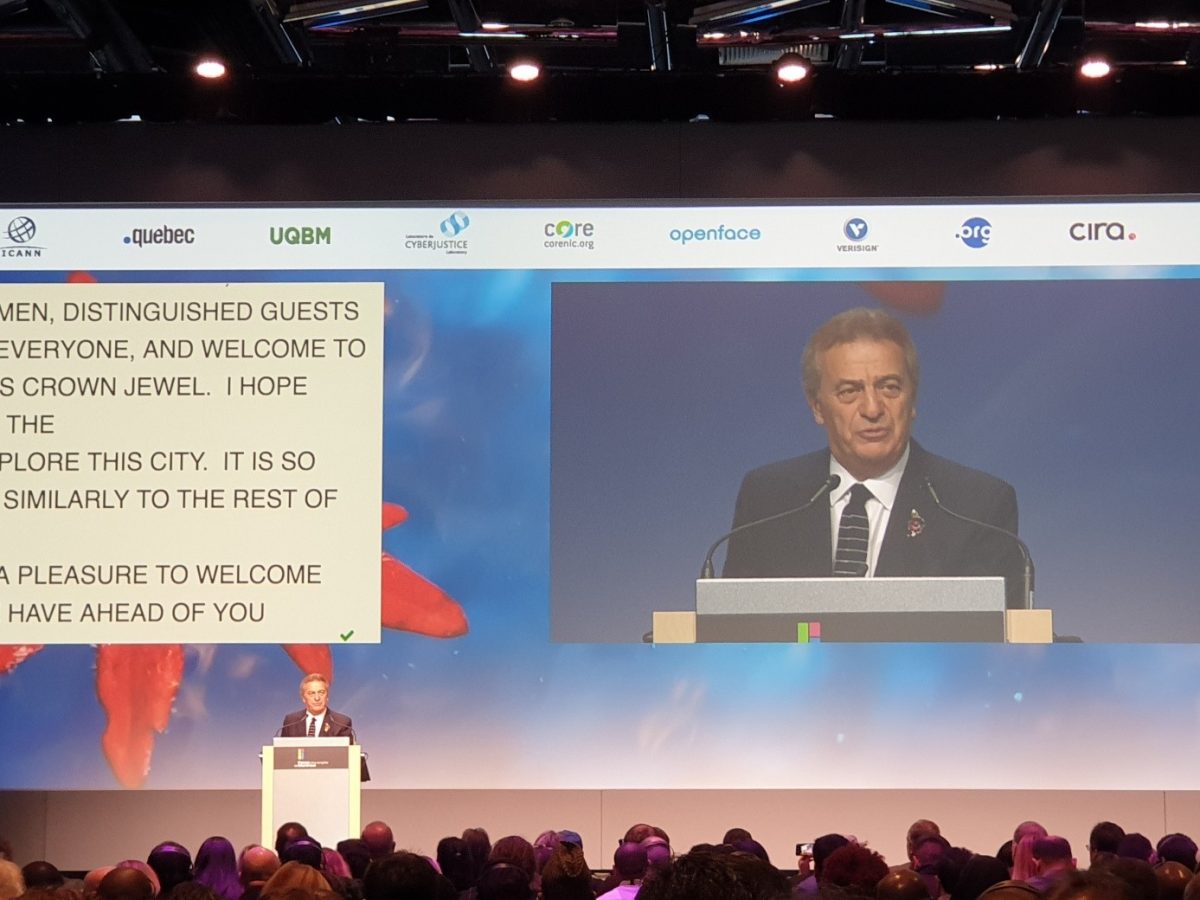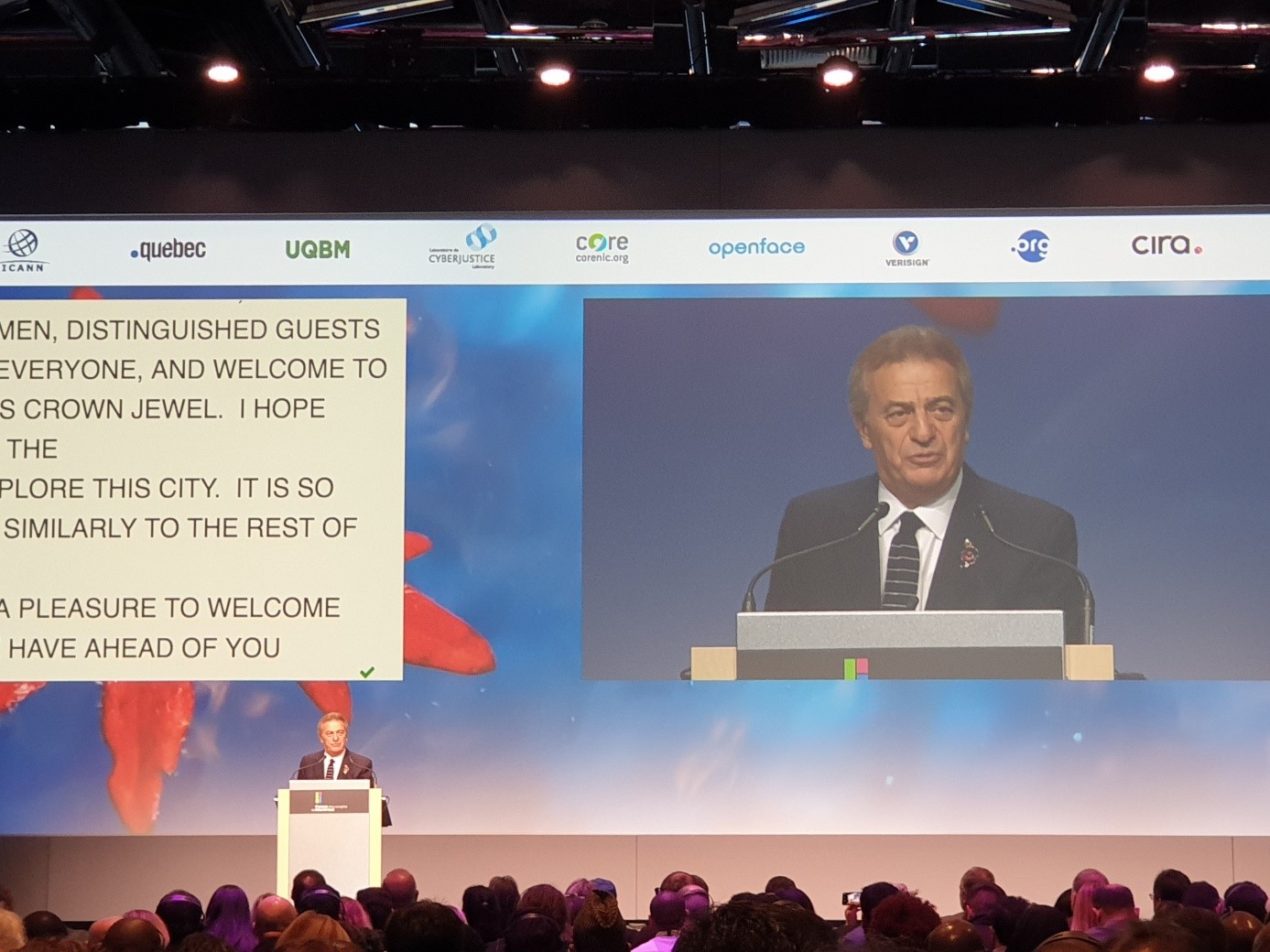
In recent years, ICANN, the regulator of a “universal resolution” of the Internet for all Internet users, has been confronted with new difficulties that are weakening the body and its model. Its mode of operation has had to be adapted to an unprecedented global pandemic and its model of a global Internet is now being questioned by the growing desire of states to emancipate themselves from it, with the tragic conflict in Ukraine pushing the Urals a little further away from the Rockies. But the difficulties also come from its immediate environment with the rise of alternate roots. It is in this context and following a previous edition marked by tensions around the subjects that make up its topicality and which are struggling to move forward, that the 73rd summit opened with great expectations.
For once, the 73rd ICANN meeting did not kick off on a Monday, the day scheduled for the first working sessions. On Sunday 6 March, ICANN published a communiqué stating that its Board of Directors had decided to allocate an initial sum of US$1 million in financial assistance to support access to the Internet infrastructure in emergency situations in Ukraine. This was a way to launch an edition where the conflict in Ukraine was bound to be on everyone’s mind and in many debates.
The conflict in Ukraine in the background
Indeed, on Monday afternoon the very first plenary session of the summit, that of the GAC, the body representing governments, began with a condemnation of Russia’s actions in Ukraine. Several members of the GAC, including France, took the floor.
Two weeks earlier, Ukraine was hit by the first Russian strikes. Ukraine, through Mykhailo Fedorov, Deputy Prime Minister and Minister of Digital Transformation, asked ICANN to target Russia’s access to the Internet by revoking specific country code top-level domains operated from Russia, revoking SSL certificates associated with the domain names and shutting down a subset of root servers located in Russia. ICANN responded negatively to this request in a letter from Goran Marby, ICANN’s CEO, to the Minister, reminding that ICANN’s mission is to take steps to ensure that the Internet operates in a global and non-politicised manner. ICANN is a neutral body, Goran Marby repeated at the Public Forum that closed the summit.
Prospects for ongoing policy development processes
During the previous ICANN summit, tensions were palpable in certain bodies, especially the one representing the registries, due to policy development processes that have become longer with additional stages such as the ODP (Operational Design Phase) that now intervene between the return of final recommendations and the Board’s vote on them.
The first subject to be affected by the ODP stage is the Standardised System for Access to domain name Data. This system, known as SSAD, has been under discussion for more than three years as part of a policy development process known as ePDP, of which SSAD is part of phase 2. It is intended to return to a more uniform model of access to domain name registration data for legitimate requests. However, the ODP, which has just been finalised six months later than the initial estimated timetable, has highlighted the difficulty of framing this project. The number of users is in fact estimated at between 25,000 and 3 million to address 100,000 to 12 million requests, values that lead to a particularly wide range of implementation and maintenance costs (from 34 to 134 million US dollars) and consequently to access costs for the future system that are very difficult to evaluate, the idea being to finance the system exclusively with access costs. At ICANN73 , a way out was suggested: Create a pilot project to limit the risks, in other words, envisage a small-scale SSAD before considering the next steps.
It has been noted that regarding phase 1 of the aforementioned ePDP there is now a finish line. It is estimated to be completed by the end of 2022. This phase aims to create a perennial policy to replace a Temporary Specification that addressed the GDPR in the domain name eco-system in 2018.
The other major topic is that of a next series of new generic extensions. Let’s remember that the previous series will celebrate its ten years in 2022. Since then, it has been a policy development process (PDP) that stretched from December 2015 to February 2021 when the body representing generic policies, the GNSO, adopted the final recommendations report. Last September the ICANN Board decided to initiate an ODP process that could last until early next year. This topic has been the subject of much criticism as the finish line seems to be getting further and further away, even though it has been ten years since the last round. Nevertheless, one option was discussed at ICANN73, that of starting the implementation work without delay, a proposal that, while it rather displeased the ICANN CEO, was rather positively received by the ICANN Board, which should however only vote on the recommendations of the final report of the PDP process after the end of the ODP.
Geopolitical, legislative and regulatory aspects – a new feature
Among the novelties of this summit was a plenary session devoted to geopolitical, legislative and regulatory aspects. This session provided an overview of the many initiatives coming from institutions such as the United Nations, the International Telecoms Union, the Council of Europe and the OECD, as well as from States such as Russia with its digital sovereignty law and China with its law on cybersecurity and data security. This session also allowed to clarify perceptions such as ICANN’s position on the European NIS2 directive. Goran Marby indicated that ICANN does not have an official position on this issue.
The return of the GDD/GDS summit?
Until 2019, ICANN proposed a more operational summit called GDD Summit in addition to the three policy summits. This was abandoned in the context of the global pandemic and has not been mentioned since. The possibility of relaunching this mechanism was put on the table at ICANN73. There could therefore be a fourth annual ICANN meeting as early as the end of this year, with November being mentioned as a possible date. However, between now and then, there will be ICANN74 in June and ICANN75 in September, two events where the hybrid mode, face-to-face and remote, should be in place.
Nameshield Comments
ICANN 73 was undeniably marked by the conflict in Ukraine. A conflict that paradoxically allowed to find a semblance of unity with the outline of solutions as the fact of allowing the Ukrainian registrars to derogate from the ICANN policies through a device called “extraordinary circumstances” and to recall the ICANN to its fundamentals, an apolitical body working for a global Internet. By mapping out the geopolitical, legislative and regulatory contexts, the body also seems to have realised that the world ahead may make it even more difficult to preserve its model of a globalised internet. The feeling after this summit is that more concrete proposals and perspectives have been given on some of the subjects discussed.
For the next round, it is the threat of alternative roots to the DNS that could give an unexpected boost to the current process. These roots that tend to develop could cause collisions between requests if one day identical TLDs cohabit in two environments, a risk that is all the more increased if ICANN marks the step on a future round. Another risk is to be challenged for the allocation of regulatory TLDs when an identical TLD would exist on an alternate root.
Image source: ICANN’s website




